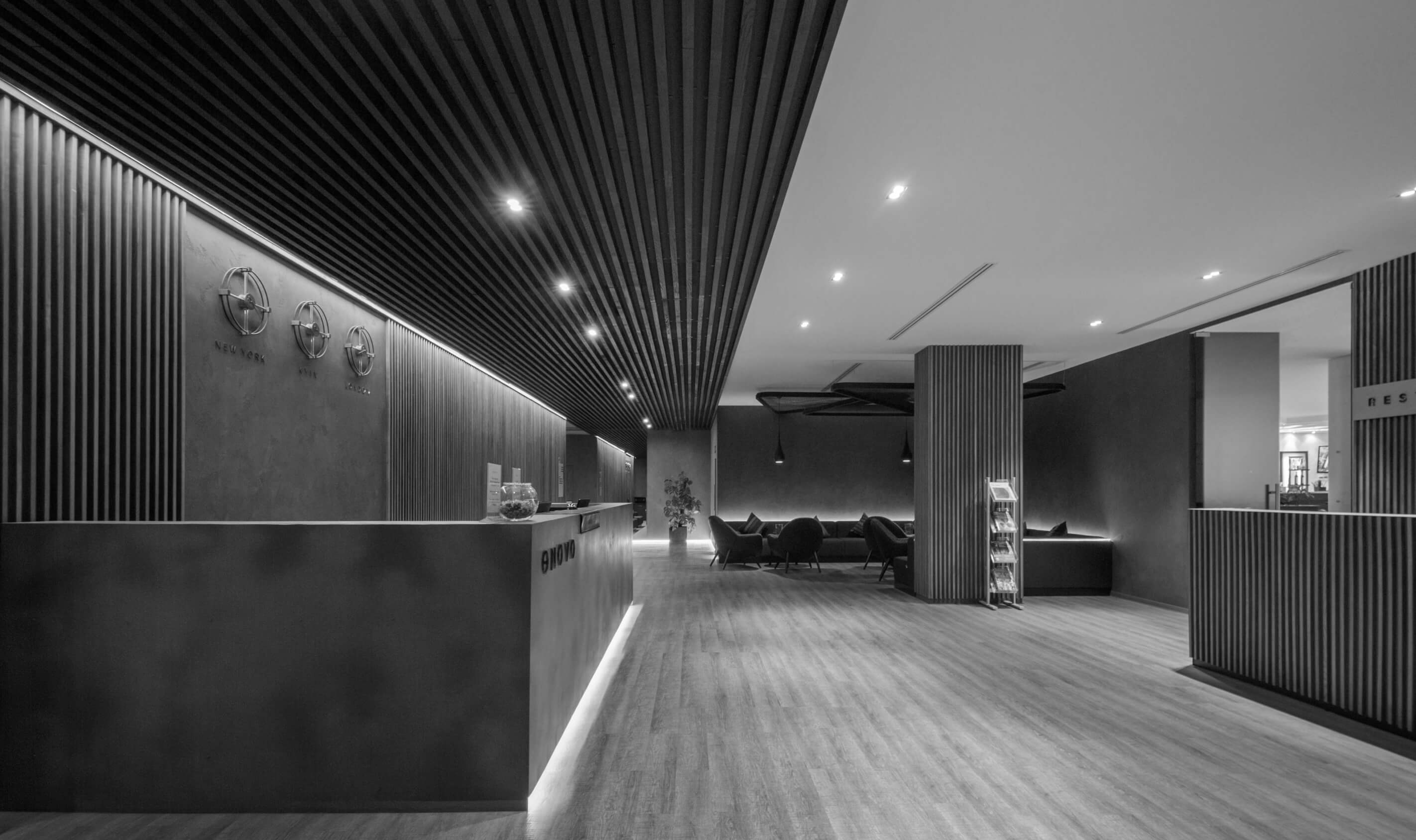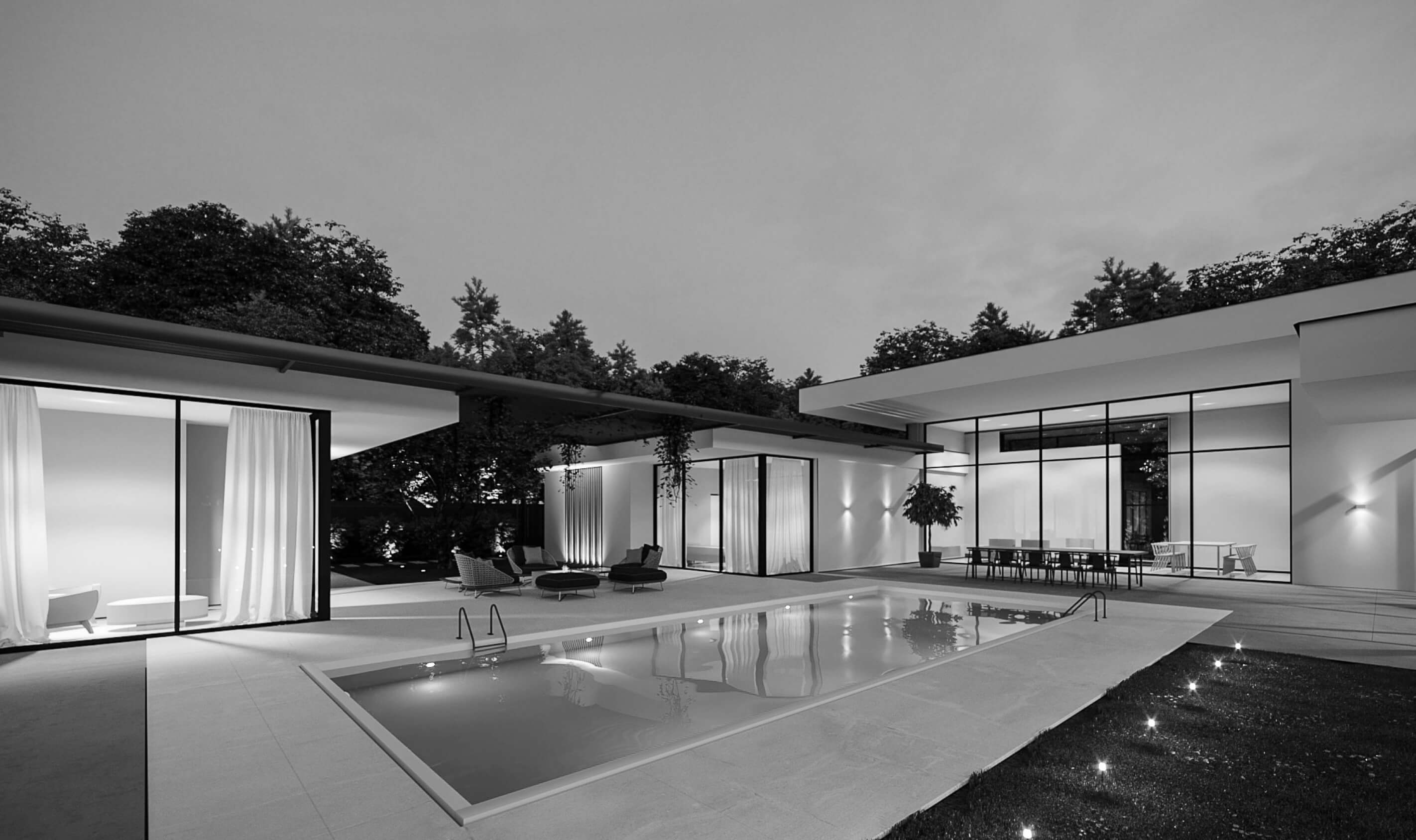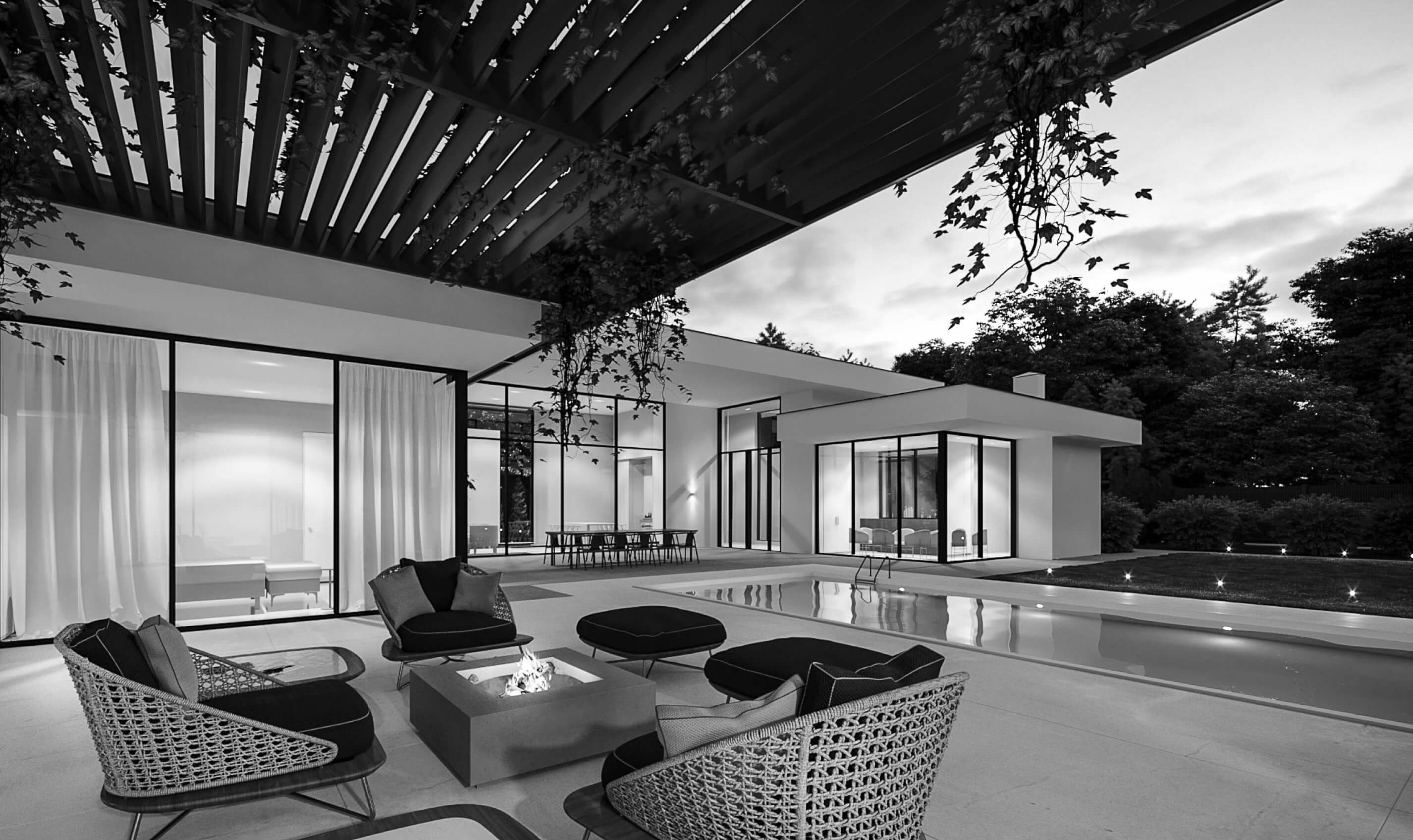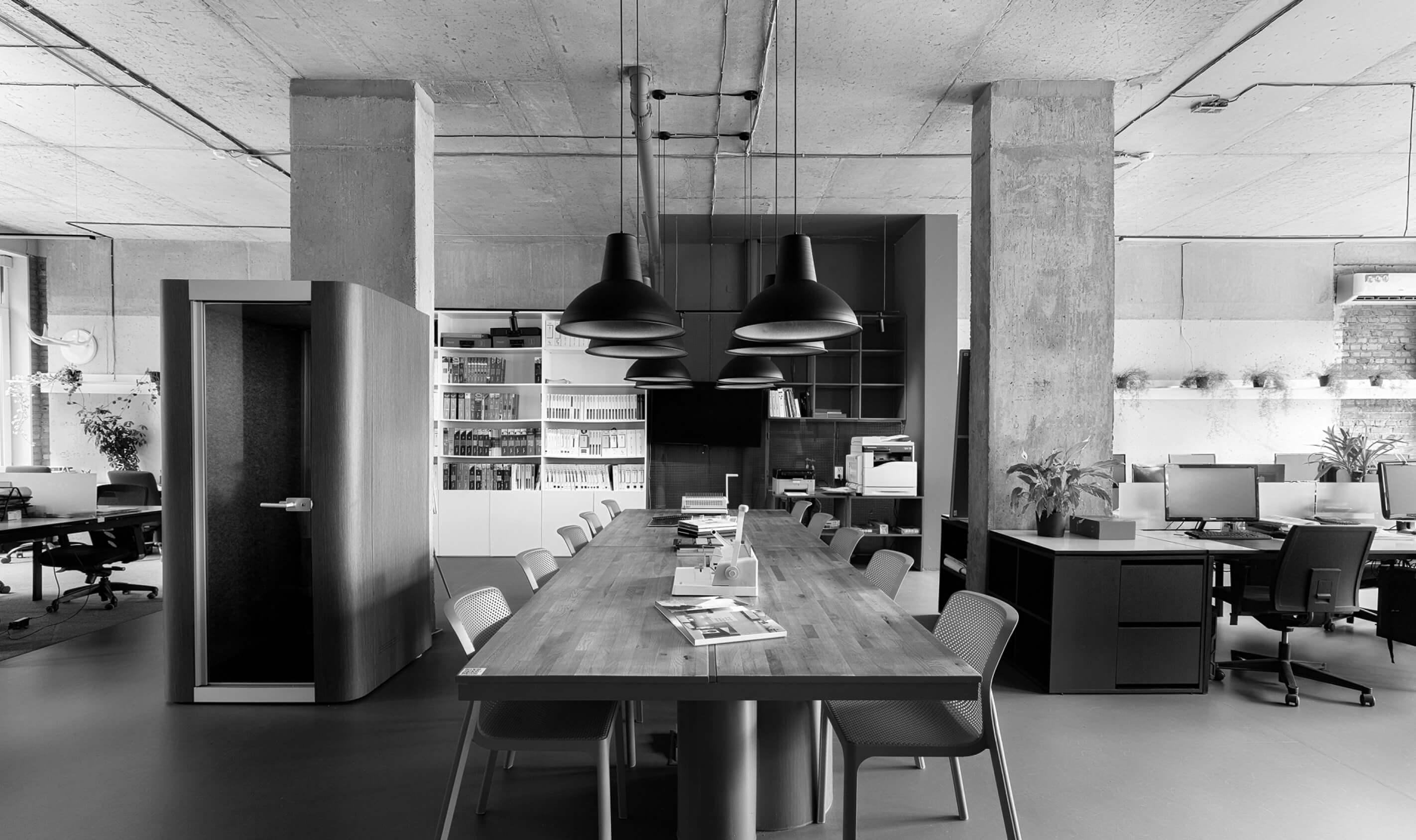Hybrid work hasn’t killed offices, it has led to a dramatic transformation of the office space. Offices and open space have given way to flexible offices of the Activity Based Working format. What is the new format and how is it beneficial?
Investing in office space is a painful topic for any business owner. In fact, the owner invests in walls, furniture, lighting and textiles, which in themselves do not bring money. Profits come from the people who work within these walls.
What is the difference between the ABW-office concept
Digital technologies have abolished the dependence of an office worker on a stationary workplace. Hybrid work provides for an employee to stay in the office as needed: setting a task, agreeing on conditions, negotiations, meetings with colleagues and clients, presentations, trainings, project delivery.
Employees are not assigned to desks in offices or booths in a noisy open space. Everyone chooses a place to work or rest according to the mood and essence of the task. The personal workplace replaces the office as a whole. Employees reserve meeting rooms and a conference room in advance; work at shared and individual desks, on sofas, pouffes, in armchairs, insulated capsules, on summer terraces and in winter gardens.
A study by the Delft University of Technology confirmed the positive impact of an ABW office environment on company productivity. And the defining role of design in creating a corporate coworking space with a hybrid-remote format.
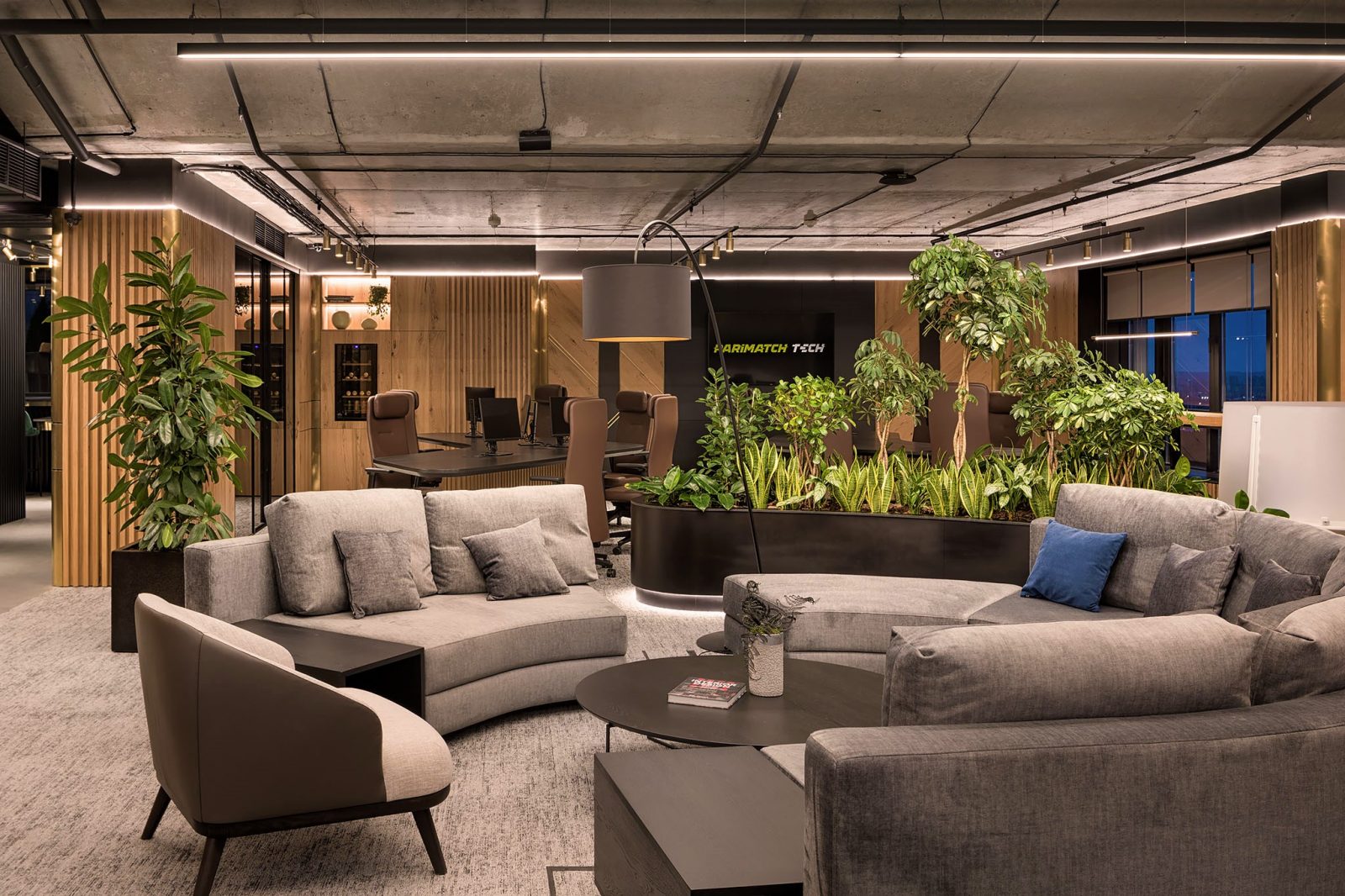

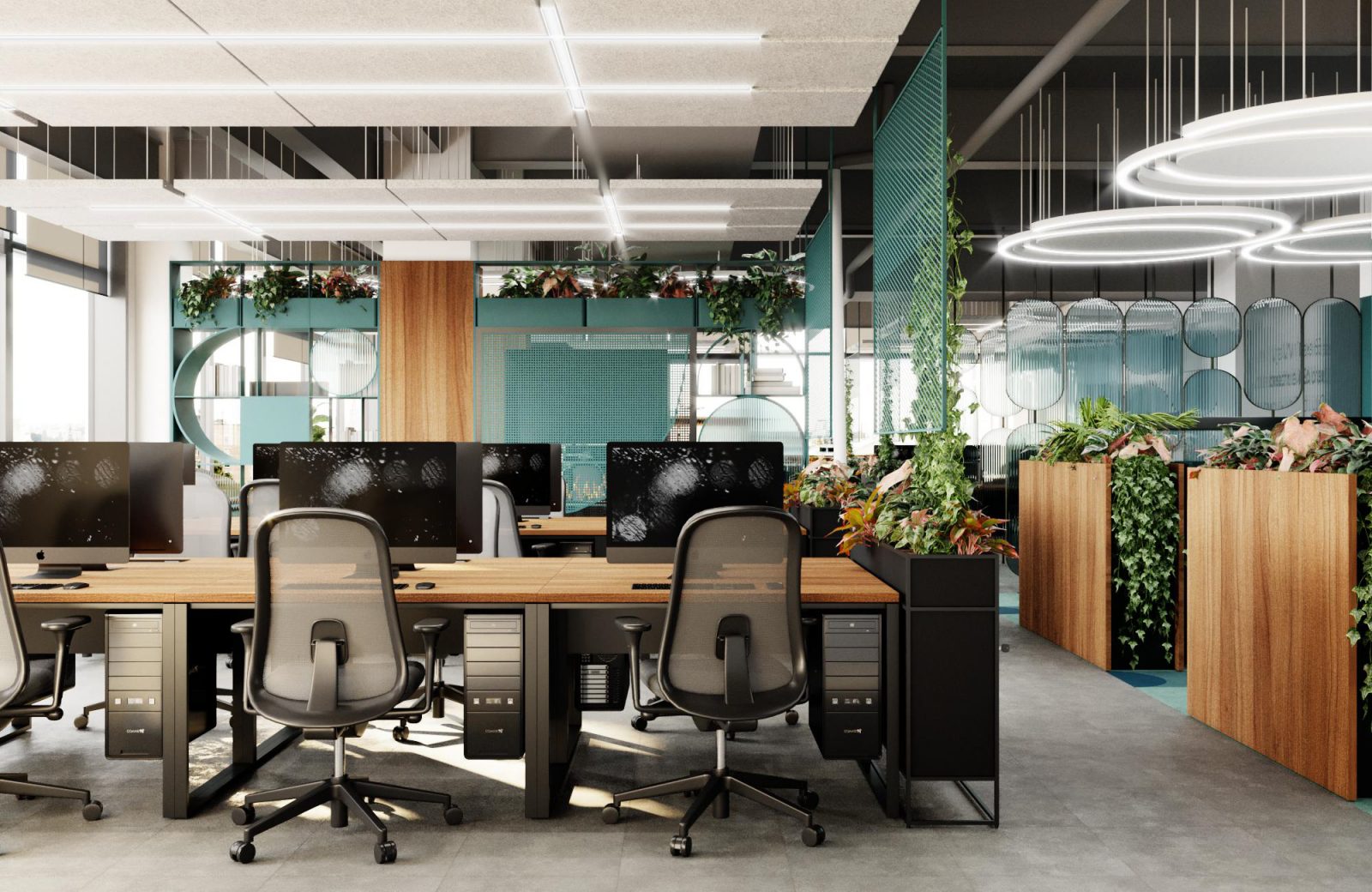
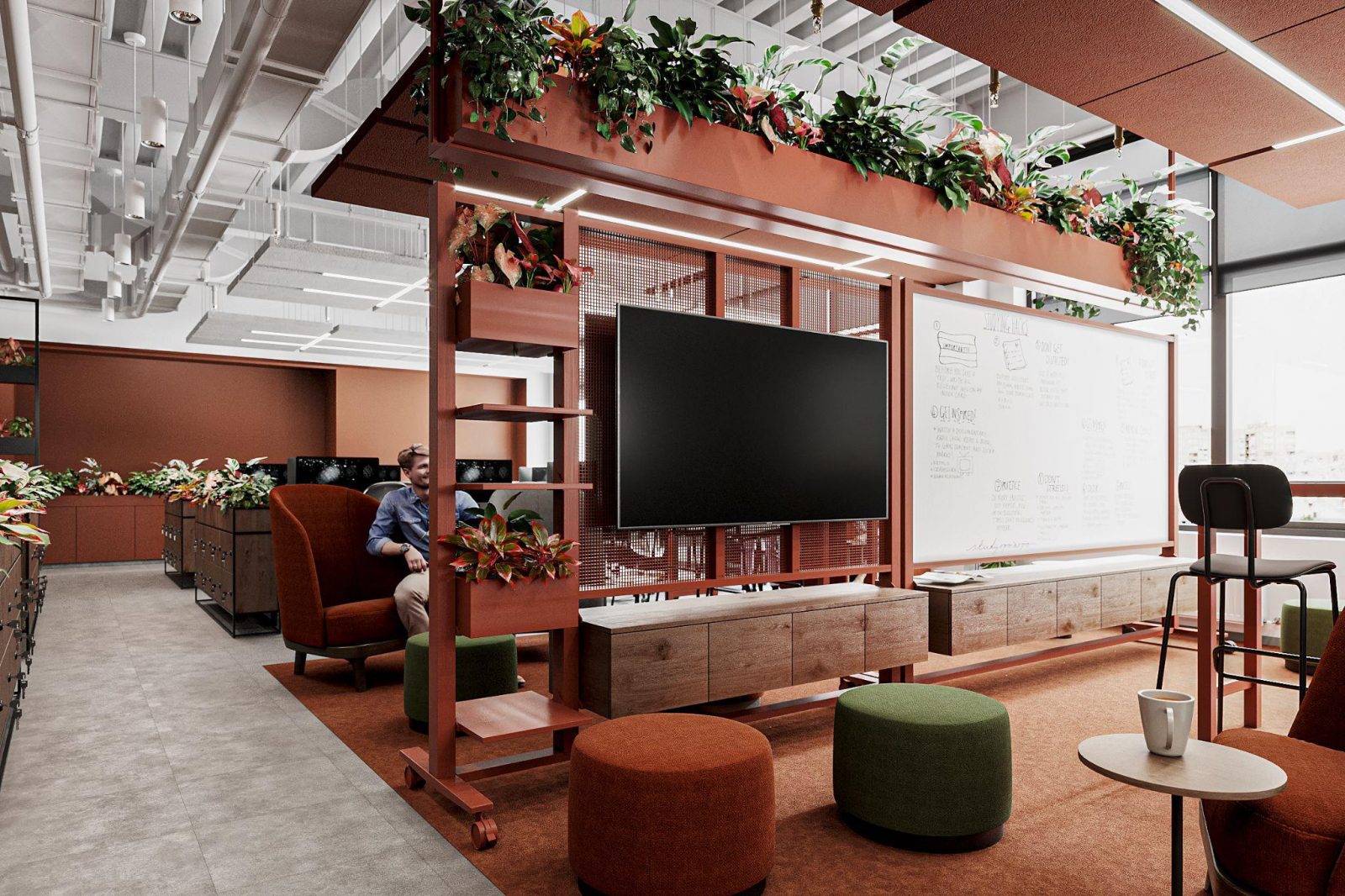
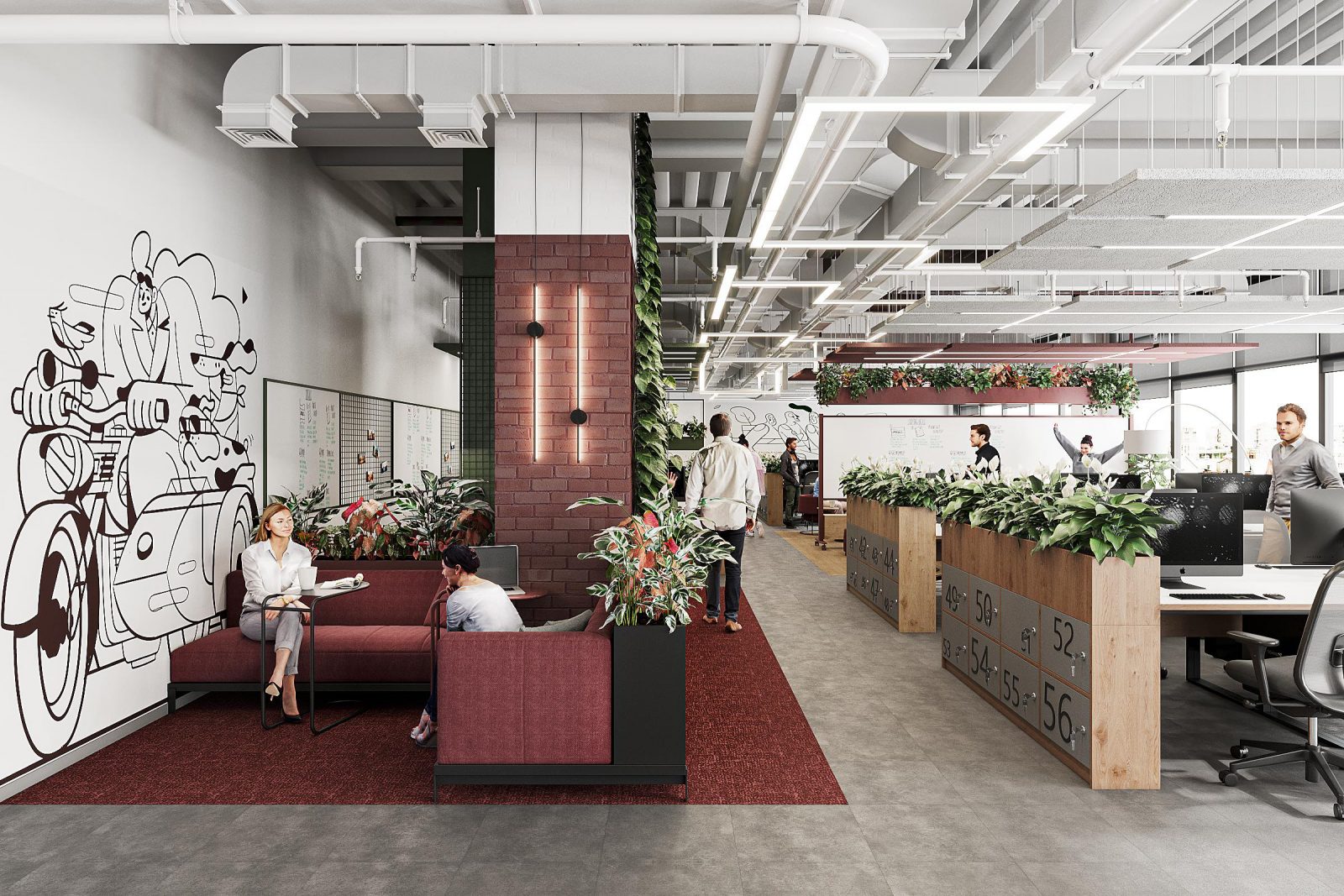


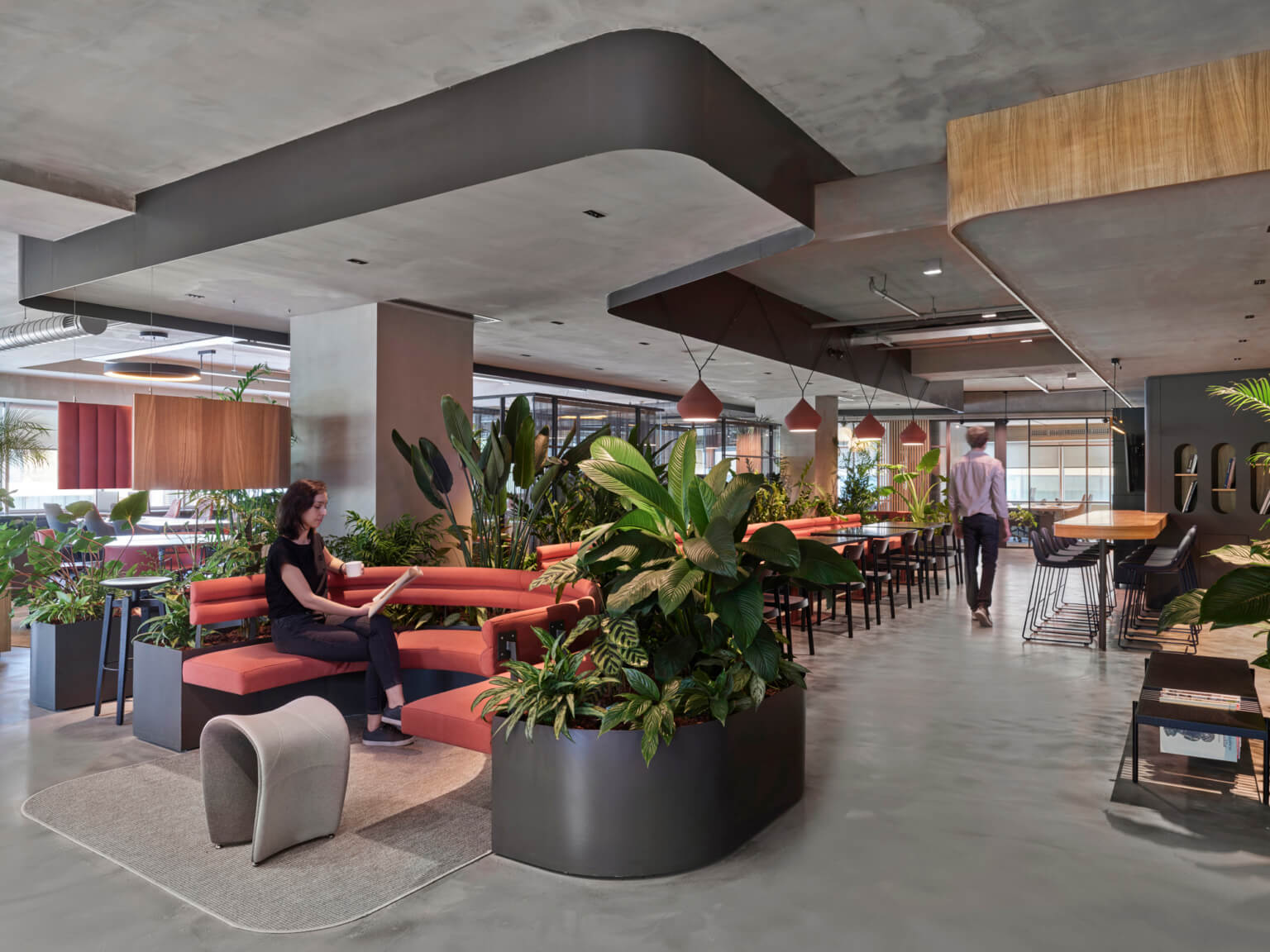

 Back
Back

